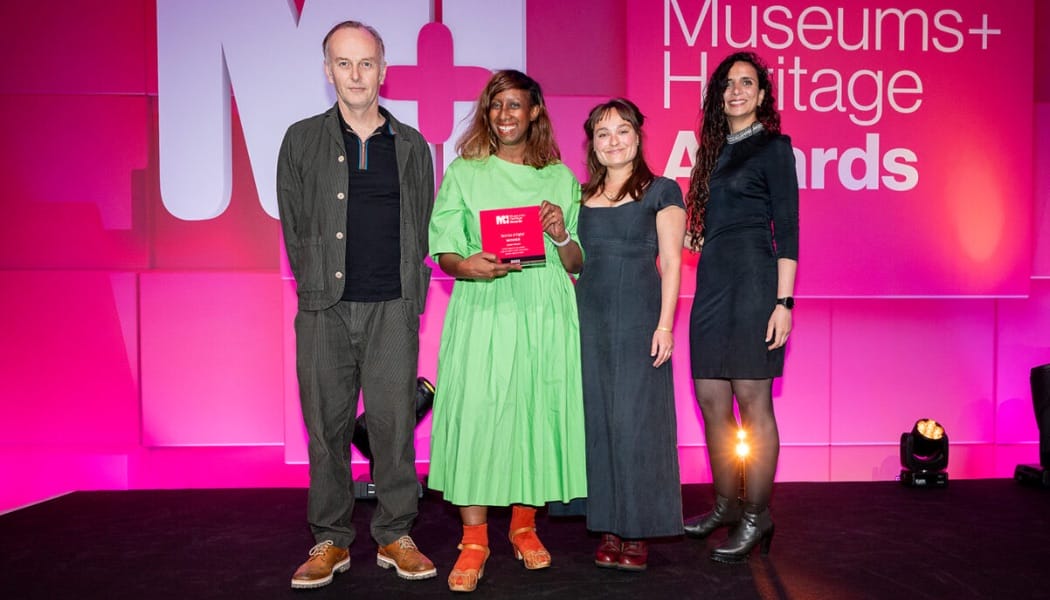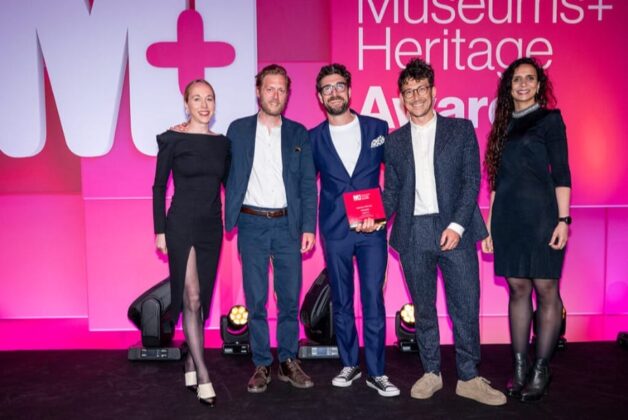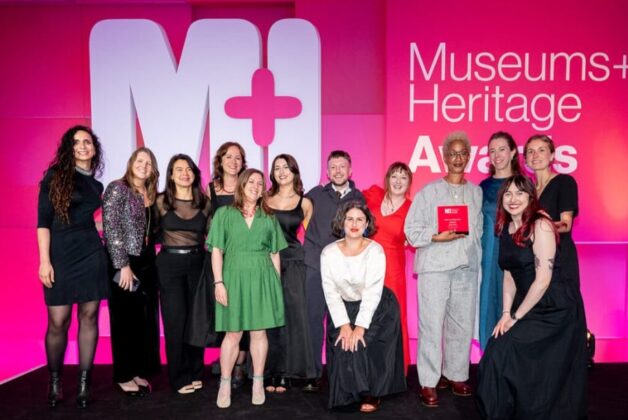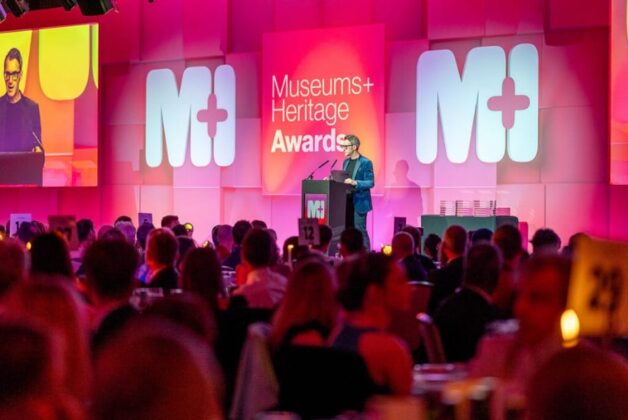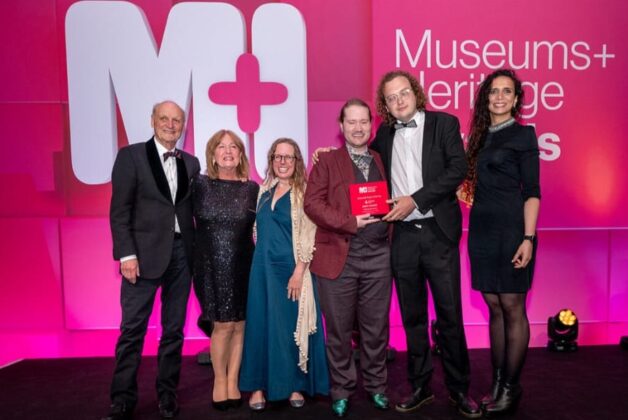Alistair Hardaker
Image: London Museum accepting their award
Head of Digital Innovation at London Museum discusses AI innovations following Museums + Heritage Awards win
“I was genuinely taken aback,” Trish Thomas said as she reflected on the moment, earlier this year, when London Museum was announced a winner at the Museums + Heritage Awards 2025.
Just ten months after launching a new website, the museum’s Head of Digital Innovation was among those from the London Museum making their way to the stage.
The ‘Best Use of Digital – UK’ award was recognition for work that, in Thomas’ words, wasn’t “shiny” like other winners on the night. This was an “under the bonnet” project about reimagining how people discover and connect with objects and collections online.
“It was a great group, hotly contested. I remember, by complete coincidence, we had just been over to visit the Natural History Museum’s immersive experience, and we were like, ‘Oh, God, I suppose we won’t be winning anything’.”
“And so to be recognised for work under the bonnet in the backroom was really special. It was such an amazing endorsement for the team and I think it really landed with our trustees.”
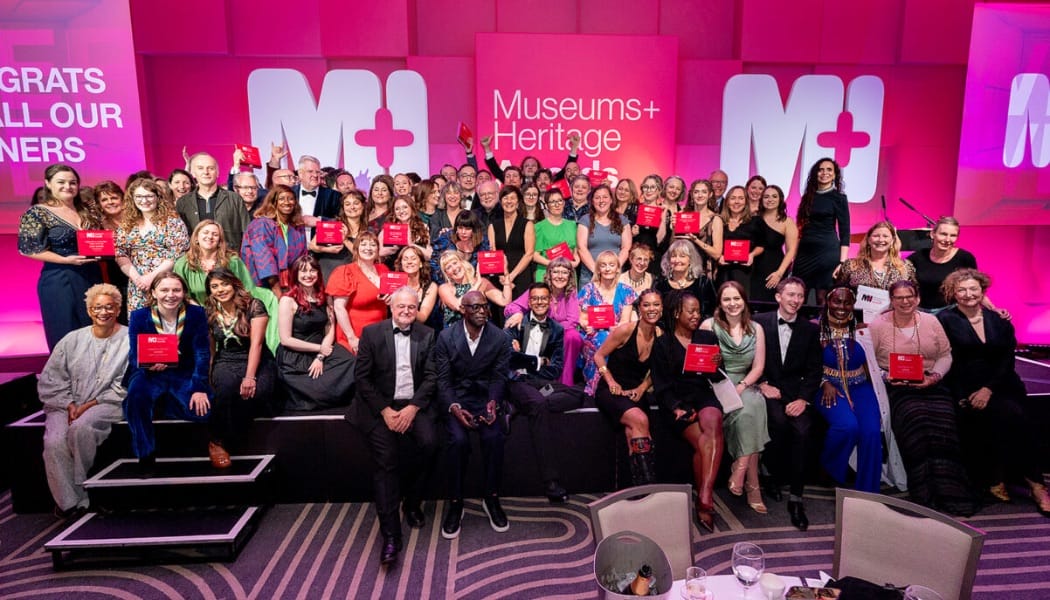
The award recognised London Museum’s use of AI to power content relationship, setting out a richer path from, for example, the story of an object to a related person to a related moment in history.
The concept for the website began with digital audiences research between 2022 and 2024. The research showed that users often hit a ‘dead end’ in their content browsing. Thomas said the research also showed low penetration across audiences under 45, ethnically diverse groups, and lower income communities.
“We wanted to increase the audiences under 45 and more ethnically diverse, and make London Museum as a whole feel more relevant and relatable to those people.
“Those findings informed the KPIs for the site,” Thomas explains.
It was such an amazing endorsement for the team and I think it really landed with our trustees.
From literal to lateral connections with AI
The solution lay in teaching machines to think contextually rather than literally. Using large language models and vector indexes (a searchable database that finds similar things), the museum’s editorial output and objects could be analysed and connected by AI.
“When you start using large language models and vector indexes, the machine is taking the words and it’s turning them into vectors,” Thomas explains. “It’s clever enough to understand context. So instead of just relating your gold coin to other gold coins, it’s reading all of the description and interpretation about that thing and finding other relationships which are contextual.”
In the gold coin example, the system identifies the monarch whose head appears on the coin, and the country where it was minted. Thomas explains: “the gold coin was minted in Guinea, then [the AI] is picking out stories about the British Empire and colonisation.”
“The machine is clever enough to understand context and that is where the lateral journeys come from.”
Thomas reports that the work is paying off, as its pages appear within the first three Google results for more than 1,000 keywords. And, even amid concerns about Google’s own AI, Gemini, “It feels like we’re actually quite insulated from the negative impact of that because we have so much rich content that people are still clicking through.”
Enter ‘Clio’ the conversational layer
A year after the website launch, in July 2025, London Museum introduced Clio, its own AI chat agent. ‘Clio’ is designed to break down another barrier: the difficulty people face in beginning and continuing their search for objects and stories.
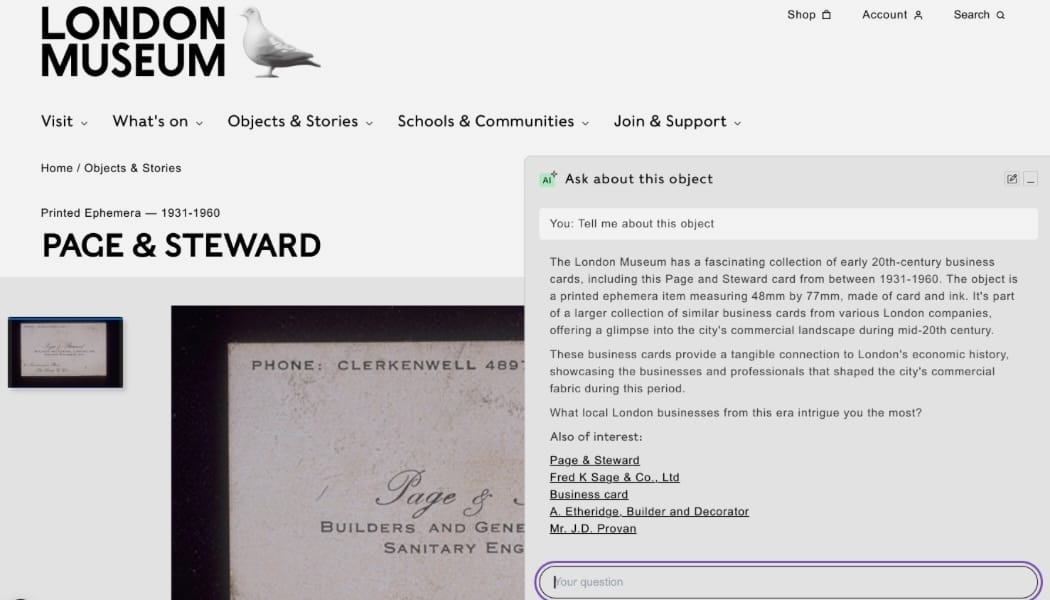
The early statistics have exceeded expectations. “We’re seeing people having on average four conversations back and forth when they engage with the chat agent, and we have seen conversations up to 98 interactions long,” Thomas reports.
That 98-interaction conversation particularly stands out. “It was a conversation about identity and identity relating to Irish history. An absolutely fascinating conversation. It went in all kinds of directions and it challenged the AI sometimes and it didn’t agree with the conclusion or suggestion,” Thomas describes.
“Those conversations are going to be super rich ways to draw out things that we didn’t know about how people behave and how their brains work.”
Anticipating AI scepticism
Asked about tackling AI scepticism, Thomas points to the publication of an AI-powered online project which allowed visitors to ‘chat’ with millions of the British Museum’s collection objects. ‘The Living Museum’ was created by Jonathan Talmi, an independent AI engineer, without the British Museum’s help. Its creation alone caused concern and alarm in the sector, alongside curiosity.
“Obviously everyone was really worried about what the response would be to Clio based on the response to that, although the context and the scenario in which we rolled it out and the due diligence we did was very different,” Thomas notes.
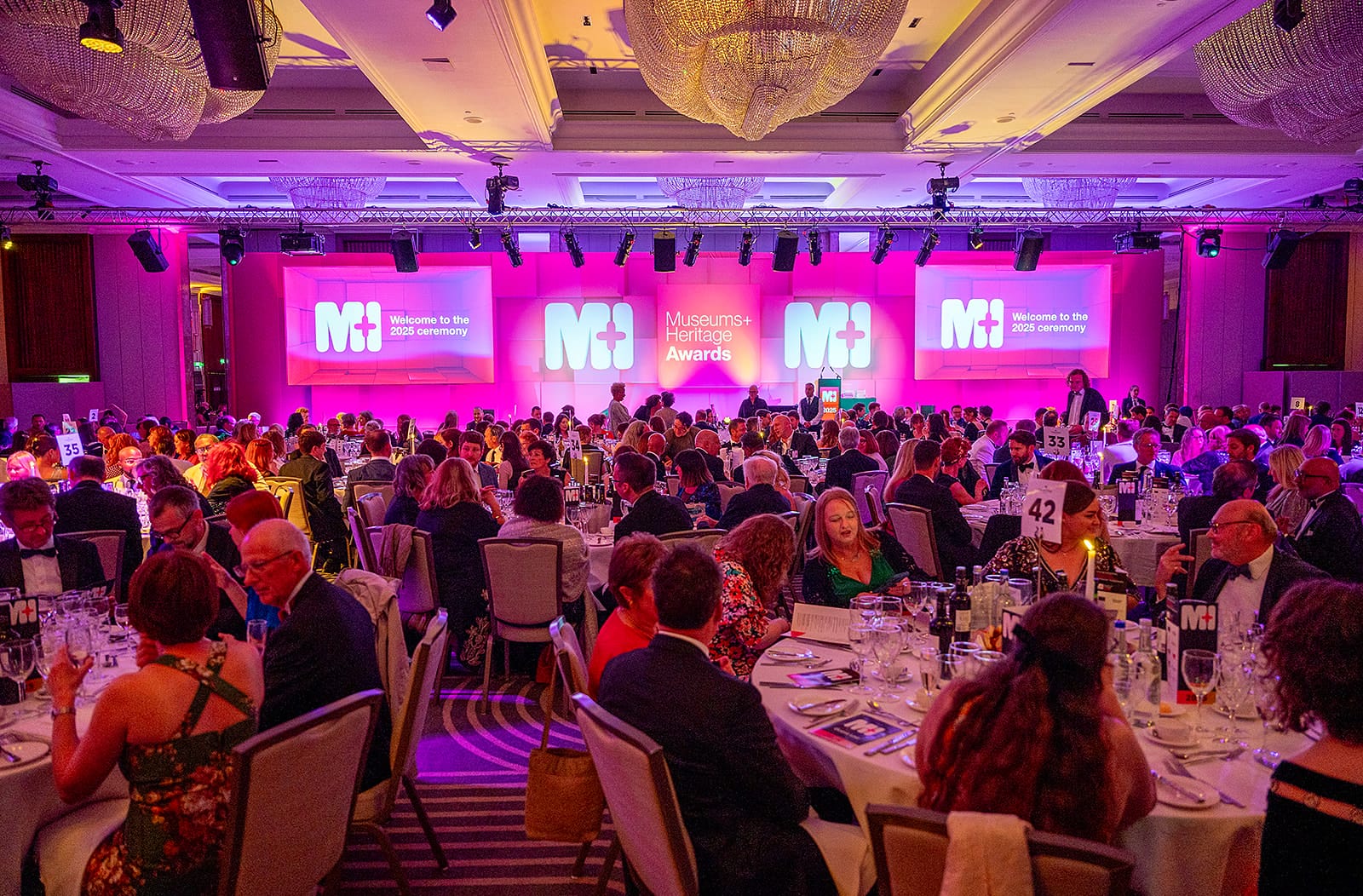
Unlike a rogue, one man project, London Museum’s AI has been built by the sector. Thomas said: “we’ve actually had museums getting in touch and saying ‘just to let you know, we’re going to try and break it today. So you’ll see loads of weird stuff and offensive questions being asked. We just want to see if we can break it.'”
The team spent three to four months rigorously testing, asking offensive questions and checking accuracy.
“It isn’t perfect, but we are very transparent about the fact that it’s not human.The nature of these agents is that they summarise. So if you want the full story then you still need to visit the actual page and get the full rounded information.”
“I see our role as feeding the intelligence that we have, which is in real time by the way, to help them make decisions.”
Generous knowledge-sharing
True to the judges’ praise for the museum’s “generous sharing of insights with the wider sector,” Thomas has spent time helping other organisations understand the approach.
“We spent a lot of this year in Teams calls with museums around the world, as well as across the UK, explaining how we did this stuff because it seems so obvious – not a huge cost.”
With the museum’s new physical space opening next year, Thomas and her team are now moving on to how this technology “can enhance your experience when you’re actually in the museum”.
“This is a whole new new way of working for the museum”, which – after a rebrand and relocation – is set to reveal itself to visitors in 2026.
Enter the Museums + Heritage Awards 2026
The Museums + Heritage Awards celebrate the very best in the world of museums, galleries and heritage visitor attractions.
Entries for the 2026 M+H Awards open Friday 31 October 2025.
Sign up to our newsletter to be the first to hear when they do.

